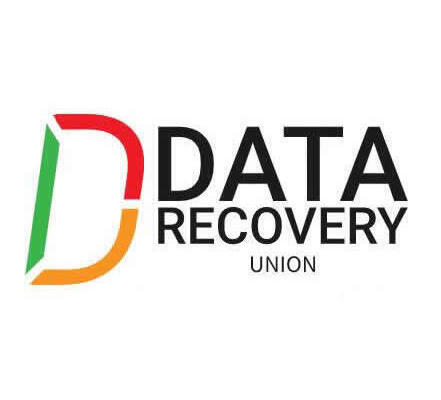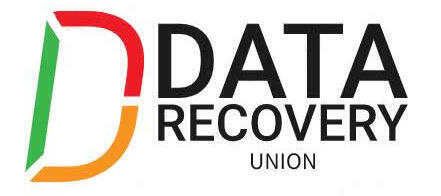PART 2
If your HDD 7200.11 is not recognize by BIOS,
and after you connect him to COM1 and turn on power if you have this response for any command like:
Rst 0x10M
LED:000000CC FAddr:0025BF67
Ctrl + Z
F3 T>
LED:000000CC FAddr:0025BF67
your drive is busy!
power off your Hdd
slightly unscrew one screw near to motor connection to PCB and put plastic visit card! Or you can remove PCB.
Effect is the same…
power on your hdd,
Ctrl +Z
F3 T>/2
F3 2>
F3 2>Z
Spin Down Complete
Elapsed Time 0.138 msecs
F3 2>
now you put PCB back, or pull visit card
enter this
F3 2>U
Spin Up Complete
Elapsed Time 7.242 seconds
F3 2>
F3 T>/1
F3 1>N1
this is a S.M.A.R.T. erase
after that POWER off HDD, it means that you plug off power to hdd,
power on hdd,
reenter
CTRL+Z on terminal
F3 T>i4,1,22
this is G-list erase
after that POWER off HDD, it means that you plug off power to hdd,
reenter
CTRL+Z on terminal
F3 T>m0,2,2,0,0,0,0,22 Enter
!!!IMPORTANT, don’t turn hdd power off, or comp off, wait about 30 sec to 2 minutes until it finished!!!
then you see something like this.
Max Wr Retries = 00, Max Rd Retries = 00, Max ECC T-Level = 14, Max Certify Rewrite Retries = 00C8 Max retries Wr = 00, Max Rd retries = 00, Max T-ECC Level = 14, Max certify Rewrite retries = 00C8
User Partition Format 10% complete, Zone 00, Pass 00, LBA 00004339, ErrCode 00000080, Elapsed Time 0 mins 05 secs User Partition Format 10% complete, Zone 00, Pass 00, LBA 00004339, ErrCode 00000080, Elapsed Time 0 mins 05 secs
User Partition Format Successful – Elapsed Time 0 mins 05 secs User Partition Successful Format – Elapsed Time 0 mins 05 secs
After that hit
F3 T>/2
and
F3 2>Z
Spin Down Complete
Elapsed Time 3.038 msecs
Turn off power from your HDD, od shutdown your comp.
That’s all!
WARNING: Please do NOT try this if you have valuable data on your drive. Do not blame anyone if something goes wrong. You do it at your own risk. Remember that if something goes wrong, it is extremely unlikely that anyone will be able to help you remotely. One wrong command via terminal could easily result in a completely bricked HDD (I really do mean bricked = no one will be able to recover it, even Seagate).

